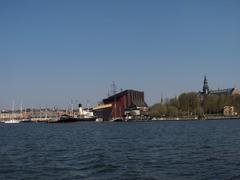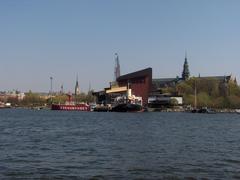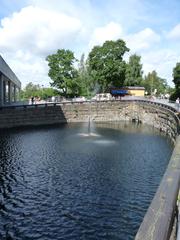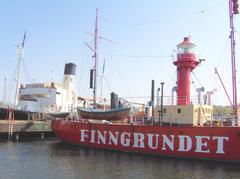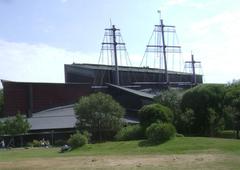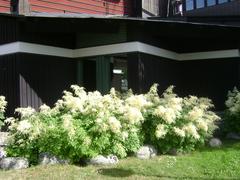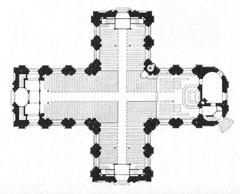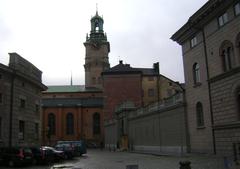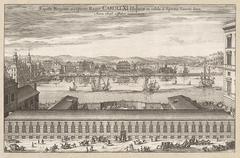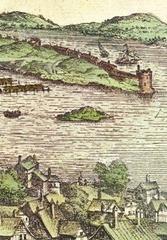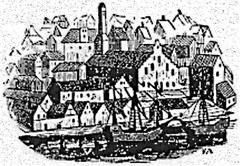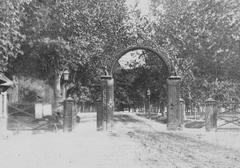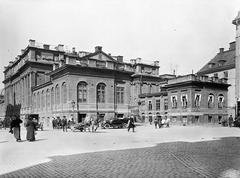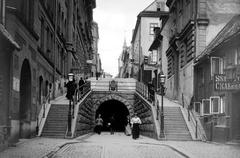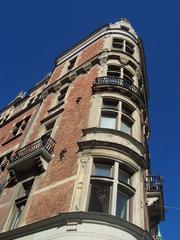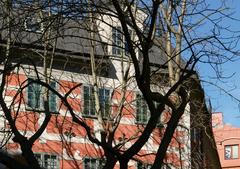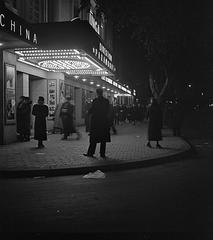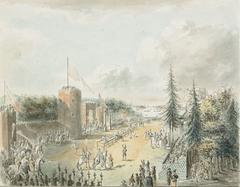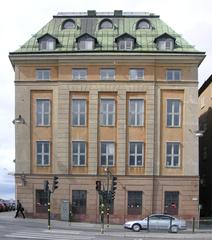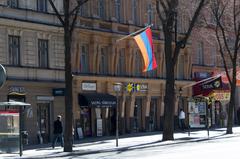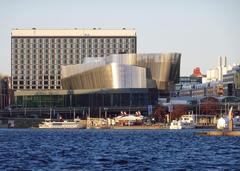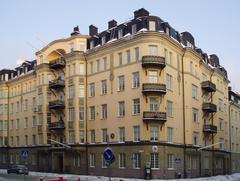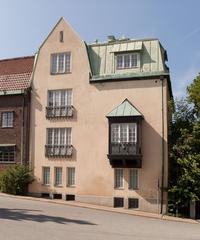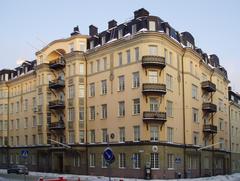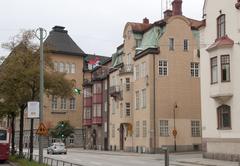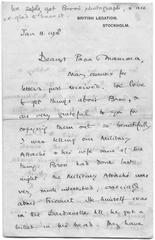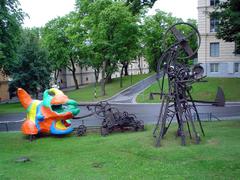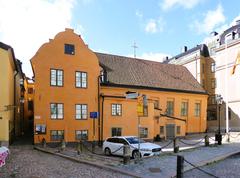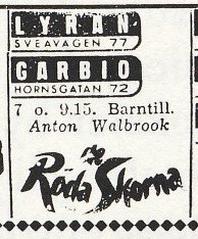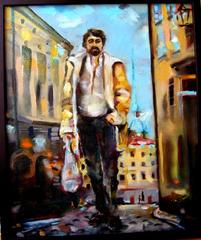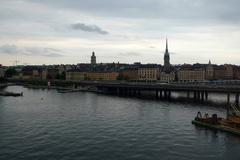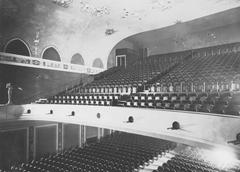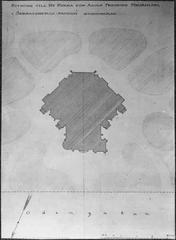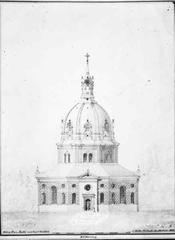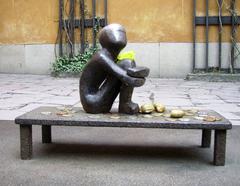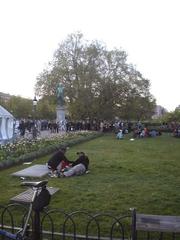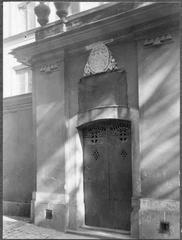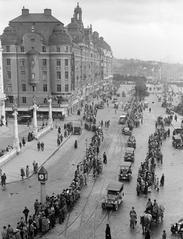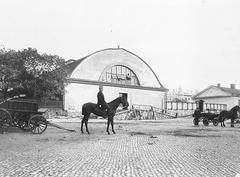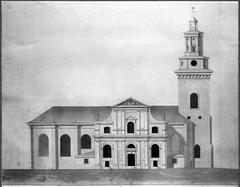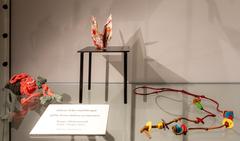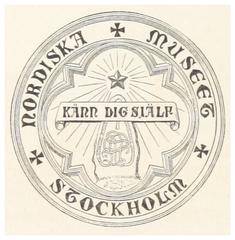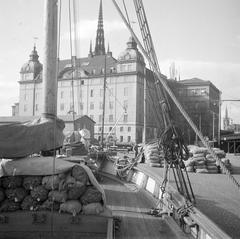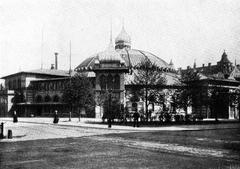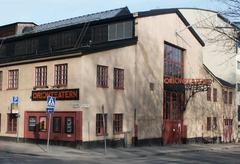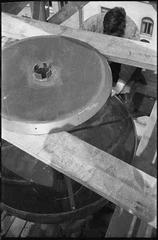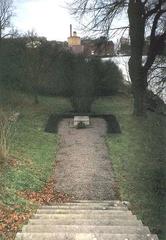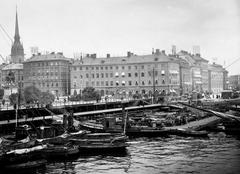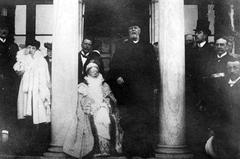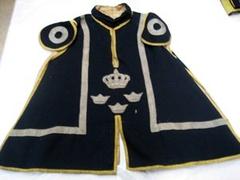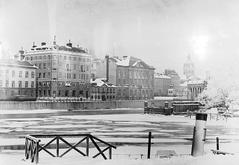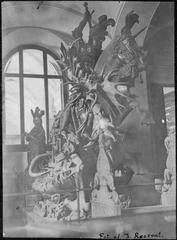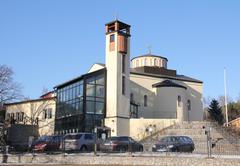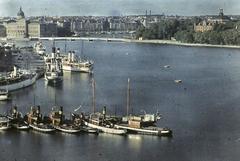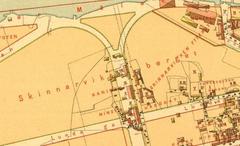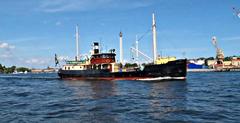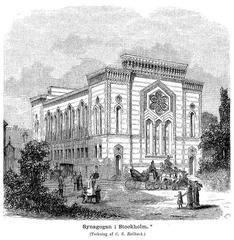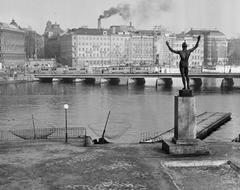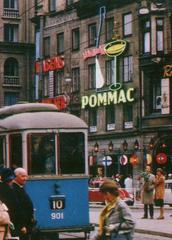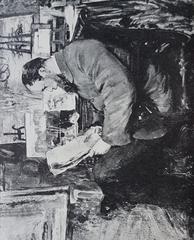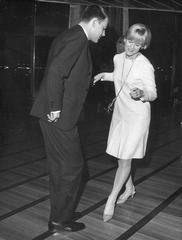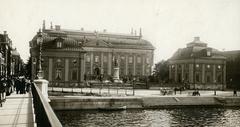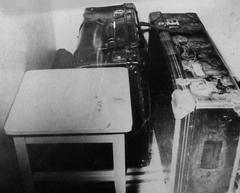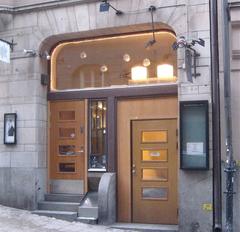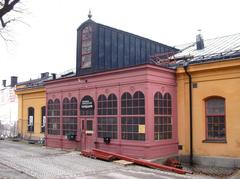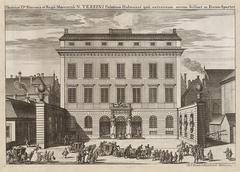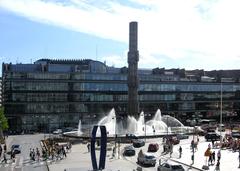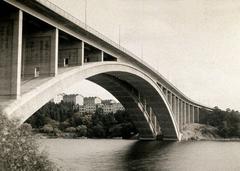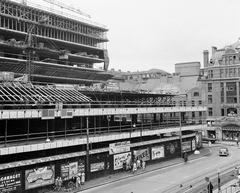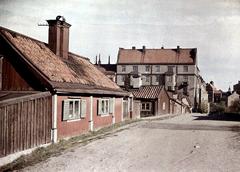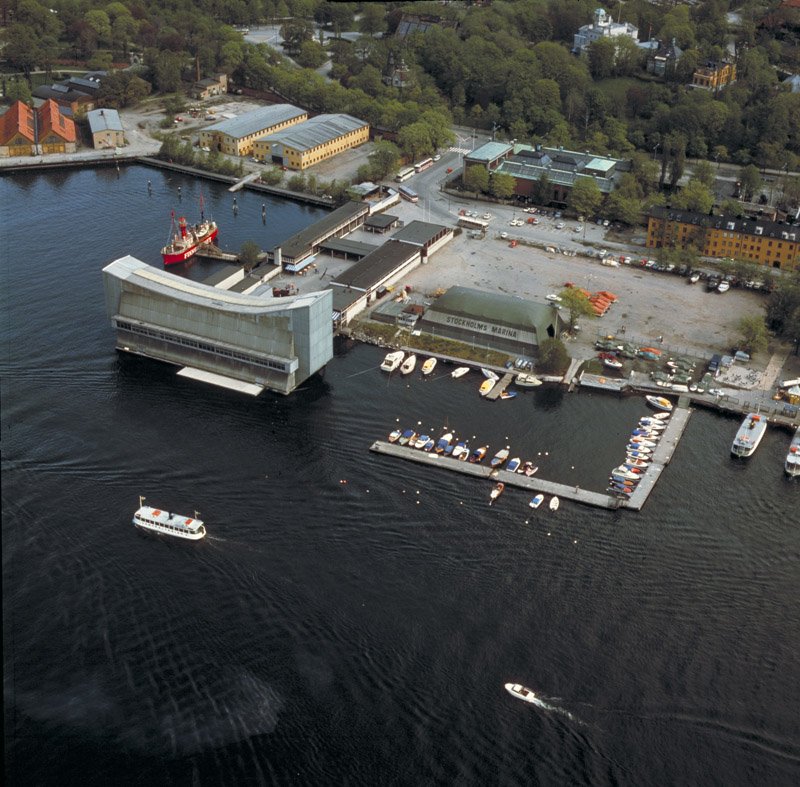
Comprehensive Guide to Visiting Vasamuseet, Stockholm, Sweden
Published Date: 16/07/2024
Introduction to Vasamuseet
The Vasamuseet, or Vasa Museum, in Stockholm, Sweden, is an unmissable destination for history enthusiasts and tourists alike. Home to the world’s only preserved 17th-century ship, the Vasa, the museum offers a unique and fascinating glimpse into Sweden’s maritime heritage. The Vasa, commissioned by King Gustavus Adolphus in 1625, was meant to be a symbol of Sweden’s naval power but tragically sank on its maiden voyage in 1628. Rediscovered and salvaged in the mid-20th century, the ship is now a centerpiece of historical and archaeological study. The museum not only showcases this magnificent ship but also provides in-depth exhibits on the ship’s construction, its ill-fated voyage, and the extensive efforts to preserve it. Visiting the Vasamuseet is not just a tour through maritime history but also an exploration of 17th-century craftsmanship, naval warfare, and the daily life of sailors (Vasamuseet Official Site, Smithsonian Magazine).
Table of Contents
- The Origins of the Vasa Ship
- Construction and Design
- The Maiden Voyage and Sinking
- Rediscovery and Salvage
- Preservation and Conservation
- Significance of the Vasa
- The Vasamuseet Today
- Visitor Tips
- Nearby Attractions and Travel Guide
- Frequently Asked Questions (FAQ)
- Call to Action
The Origins of the Vasa Ship
The Vasa ship, the centerpiece of the Vasamuseet, was commissioned by King Gustavus Adolphus of Sweden in 1625. The ship was intended to be a symbol of Sweden’s naval power and was part of a larger fleet designed to bolster the country’s military capabilities during the Thirty Years’ War. The Vasa was constructed at the Stockholm shipyard by master shipbuilder Henrik Hybertsson, who was tasked with creating one of the most formidable warships of its time.
Construction and Design
The Vasa was an ambitious project, featuring two gun decks and equipped with 64 bronze cannons, making it one of the most heavily armed ships of its era. The ship measured approximately 69 meters in length and had a displacement of around 1,200 tons. The design included intricate carvings and decorations, showcasing the grandeur and craftsmanship of the period. However, the ship’s design also had significant flaws, particularly in its stability, which would later prove disastrous.
The Maiden Voyage and Sinking
On August 10, 1628, the Vasa set sail on its maiden voyage from the Stockholm harbor. Despite the fanfare and anticipation, the ship encountered strong winds shortly after departure. The Vasa began to list to one side, and within minutes, water started pouring in through the open gun ports. The ship sank to the bottom of Stockholm’s harbor, taking with it the lives of approximately 30 crew members. The sinking of the Vasa was a significant tragedy and an embarrassment for the Swedish monarchy.
Rediscovery and Salvage
The Vasa remained submerged in the cold, brackish waters of Stockholm harbor for over 300 years. In the early 1950s, Anders Franzén, a Swedish marine technician and amateur archaeologist, began searching for the ship. Franzén’s efforts paid off in 1956 when he located the Vasa’s remains. The Swedish government then undertook an ambitious salvage operation, and on April 24, 1961, the Vasa was successfully raised to the surface. The ship was remarkably well-preserved, thanks to the low salinity of the Baltic Sea, which had prevented the wood from decaying.
Preservation and Conservation
Following its recovery, the Vasa underwent extensive conservation efforts to ensure its preservation. The ship was initially sprayed with water to prevent the wood from drying out and cracking. Later, it was treated with polyethylene glycol (PEG), a chemical that stabilizes waterlogged wood. This process took several years, and the ship was finally moved to its permanent home at the Vasamuseet in 1988. The museum itself was officially opened to the public on June 15, 1990.
Significance of the Vasa
The Vasa is not only a symbol of Sweden’s maritime history but also a valuable archaeological treasure. The ship provides a unique glimpse into 17th-century shipbuilding techniques, naval warfare, and daily life aboard a warship. The Vasa’s preservation has allowed historians and archaeologists to study its construction, armament, and the personal belongings of its crew. The ship’s intricate carvings and decorations also offer insights into the artistic and cultural expressions of the time.
The Vasamuseet Today
Today, the Vasamuseet is one of the most visited museums in Scandinavia, attracting over a million visitors annually. The museum houses the Vasa ship in a specially designed hall, where visitors can view the ship from multiple levels. The museum also features several exhibits that provide context and background information about the ship, its construction, and its ill-fated voyage. Interactive displays, films, and guided tours enhance the visitor experience, making the Vasamuseet a must-visit destination for history enthusiasts and tourists alike.
Visitor Tips
For those planning to visit the Vasamuseet, here are some useful tips:
Vasamuseet Visiting Hours
The museum is open daily, but hours may vary depending on the season. It is advisable to check the official website for the latest information.
Vasamuseet Tickets
Tickets can be purchased online or at the museum entrance. Booking in advance is recommended, especially during peak tourist seasons.
Guided Tours
The museum offers guided tours in multiple languages, providing in-depth insights into the Vasa’s history and significance.
Accessibility
The Vasamuseet is wheelchair accessible, and facilities such as restrooms and elevators are available for visitors with disabilities.
Photography
Photography is allowed inside the museum, but the use of flash is prohibited to protect the artifacts.
Gift Shop and Café
The museum has a gift shop where visitors can purchase souvenirs, books, and replicas of the Vasa. There is also a café that offers refreshments and light meals.
Nearby Attractions and Travel Guide
When visiting the Vasamuseet, consider exploring other historical sites in Stockholm. The Royal Palace, Gamla Stan (Old Town), and the Skansen open-air museum are all within easy reach. Public transportation is convenient, with buses and ferries providing access to Djurgården, where the Vasamuseet is located.
Frequently Asked Questions (FAQ)
What are the Vasamuseet visiting hours?
The museum is open daily, but hours may vary depending on the season. Check the official website for the latest information.
How much are Vasamuseet tickets?
Ticket prices vary, and it is recommended to book in advance, especially during peak tourist seasons. Visit the official website for current pricing and booking options.
Is the Vasamuseet accessible for people with disabilities?
Yes, the museum is wheelchair accessible and offers facilities such as restrooms and elevators for visitors with disabilities.
Can I take photos inside the Vasamuseet?
Yes, photography is allowed, but the use of flash is prohibited to protect the artifacts.
Are there guided tours available at the Vasamuseet?
Yes, the museum offers guided tours in multiple languages, providing detailed insights into the Vasa’s history and significance.
Call to Action
Stay updated on the latest events and exhibitions at the Vasamuseet by following their social media channels and subscribing to their newsletter. Download the Audiala mobile app for an enhanced visitor experience and access to exclusive content.
By understanding the rich history and significance of the Vasa, visitors can fully appreciate the marvel that is the Vasamuseet. The museum not only preserves a crucial part of Sweden’s maritime heritage but also serves as a testament to the enduring human spirit of exploration and discovery.
Summary and Conclusion
The Vasamuseet stands as a monumental tribute to Sweden’s rich maritime heritage and the enduring legacy of the Vasa ship. From its tragic sinking to its remarkable preservation, the Vasa offers invaluable insights into 17th-century naval architecture and daily life. The museum’s comprehensive exhibits, interactive displays, and guided tours ensure that visitors leave with a profound understanding of this historical treasure. Whether you’re a history buff, a student, or a casual visitor, the Vasamuseet provides an unforgettable experience that highlights the importance of preserving our cultural heritage. Don’t forget to explore nearby attractions on Djurgården Island to make the most of your visit to Stockholm (ArchDaily, Swedish National Heritage Board).
References
- Vasamuseet Official Site, n.d., https://www.vasamuseet.se/en
- Smithsonian Magazine, n.d., https://www.smithsonianmag.com/
- ArchDaily, n.d., https://www.archdaily.com/
- Swedish National Heritage Board, n.d., https://www.raa.se/

